Stiffeners in Flexible Printed Circuits
FPC stiffeners provide rigidity to prevent deformation, protecting components and ensuring reliability in flexible circuits used in electronics and wearables.
FPCs are something indispensable in the modern world of electronics, hence offering effective advantages in applications that require compact and flexible designs: mobile phones, wearables, medical devices, and automotive electronics. Here at PCBX, we value the innovative edge that FPCs provide by fitting into tight spaces with ease and creating very intricate interconnections. However, flexibility-the very characteristic of FPCs that makes them versatile-can itself be a source of problems linked to mechanical stress. This article will review the function, materials, design considerations, and applications of FPC stiffeners in light of the important role they play in ensuring reliability and durability.
An FPC stiffener is basically a rigid component attached to sections of an FPC through adhesives. Typically, these stiffeners are fabricated from materials such as stainless steel, FR-4, polyimide, and acrylics and are used to strengthen certain portions of an FPC. A stiffener is typically employed to eliminate excess bending and twisting in selected locations, hence protecting mechanical integrity in manufacturing, assembly, and operation. They also protect sensitive components, solder joints, and interface areas from deforming under stresses and add rigidity.
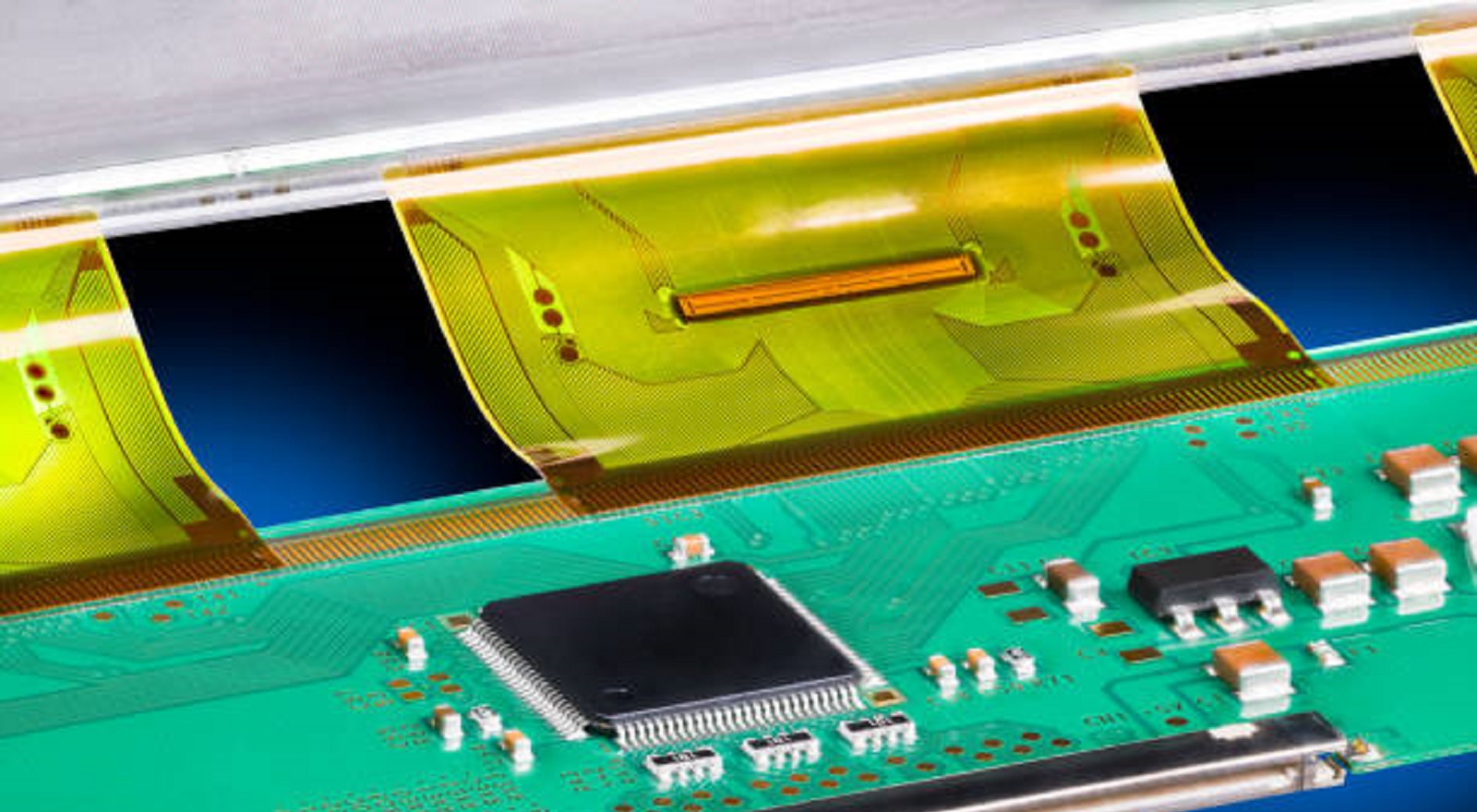
Why Use Stiffeners in FPCs?
Their flexible nature leads to some issues that have made stiffeners useful for FPC:
Reinforcing Prone Areas: Thin polyimide substrate material is prone to wear and tear due to continued flexing and twisting. Stiffeners reinforce those areas that are prone to such stresses, adding to durability.
Protection of Fragile Components: Most of the components mounted on FPCs, such as display drivers and sensors, are prone to failure due to vibration and mechanical shock. Support by stiffeners prevents such failures.
Improvement in Handling: FPCs, during fabrication and testing, need to be handled quite frequently. Stiffeners prevent copper traces and connections from damage by maintaining circuit integrity.
Stabilization of Connectors and Interfaces: Solder joints at connector points may crack due to mechanical stress. Stiffeners reduce flex-induced damage, keeping electrical connections robust.
Facilitating Assembly: The stiffening provided by such supports in both manual handling and automated assembly simplifies the processes and reduces the potential for damage.
Supporting SMT Procedures: Stiffeners ensure stable component placement and facilitate rework by preventing unwanted distortion of the circuit during the SMT process.
Materials Used in FPC Stiffeners
The proper selection of a stiffener material is critical and based on the required trade-off between weight, environmental exposure, and mechanical considerations:
Plastics: Polyimide is preferred because of its stiffness, thermal stability, and reasonable cost. Acrylics offer excellent resistance to moisture, while Liquid Crystal Polymer gives the best temperature resistance.
Metals: Stainless steel is very stiff and resistant to environmental factors but adds weight to the overall assembly. Aluminum is lightweight with good thermal conductivity and finds a good balance between rigidity and heat dissipation.
Composites: FR-4 is commonly used, offering mechanical strength with thermal stability. However, a major concern has to be its moisture absorption. Carbon fiber composites will be more expensive but provide great stiffness in weight-critical applications.
Design Considerations for FPC Stiffeners
In designing a stiffener, the following factors are to be traded off against one another:
Stiffness: The required rigidity to restrict unwanted flex, without adding unnecessary mass or size.
Area Coverage and Component Space: The stiffener should be designed with strategic cutouts or holes to allow components and connectors without obstructing essential pathways. Environmental Conditions: The materials to be used should be capable of resisting the expected thermal, chemical, and humidity environments to which the final application will be subjected.
Assembly and Rework: Installation of stiffeners should not interfere with the placement of components or hinder inspection and rework procedures.
Thermal Management: In high power applications, thermally conductive stiffeners may be needed to help manage heat dissipation.
Methods of Attaching FPC Stiffeners
Attachment methods should provide a strong bond between the FPC and the stiffener but without hindering flexibility in the regions where it is desired:
Adhesive Bonding: Acrylic, epoxy, or polyimide adhesives offer attachment to non-metal stiffeners. Adhesive type is usually determined by operating environment and substrate material compatibility.
Metal Attachment: Techniques like soldering may attach metal stiffeners. However, careful temperature control is required to avoid damage to the substrate. The mechanical clips and press-fit features present non-destructive alternatives.
Riveting and Screwing: These methods provide powerful mechanical fixation, supporting easy rework and mechanical stability.
Typical Applications of FPC Stiffeners
Stiffeners find their applications in several domains of the industry, including:
Consumer Electronics: Reinforce FPCs in smartphones and laptops against impacts for long-term reliability.
Automotive and Robotics: Provide stability in high-vibration environments, ensuring sensor and interface connections remain intact over time.
Medical Devices: Strengthen connectivity in wearables and implants, maintaining flexibility in sensor areas while supporting interface connectors.
Industrial Systems: Ensure stable component mounting and robust cabling in instrumentation and motion control systems.
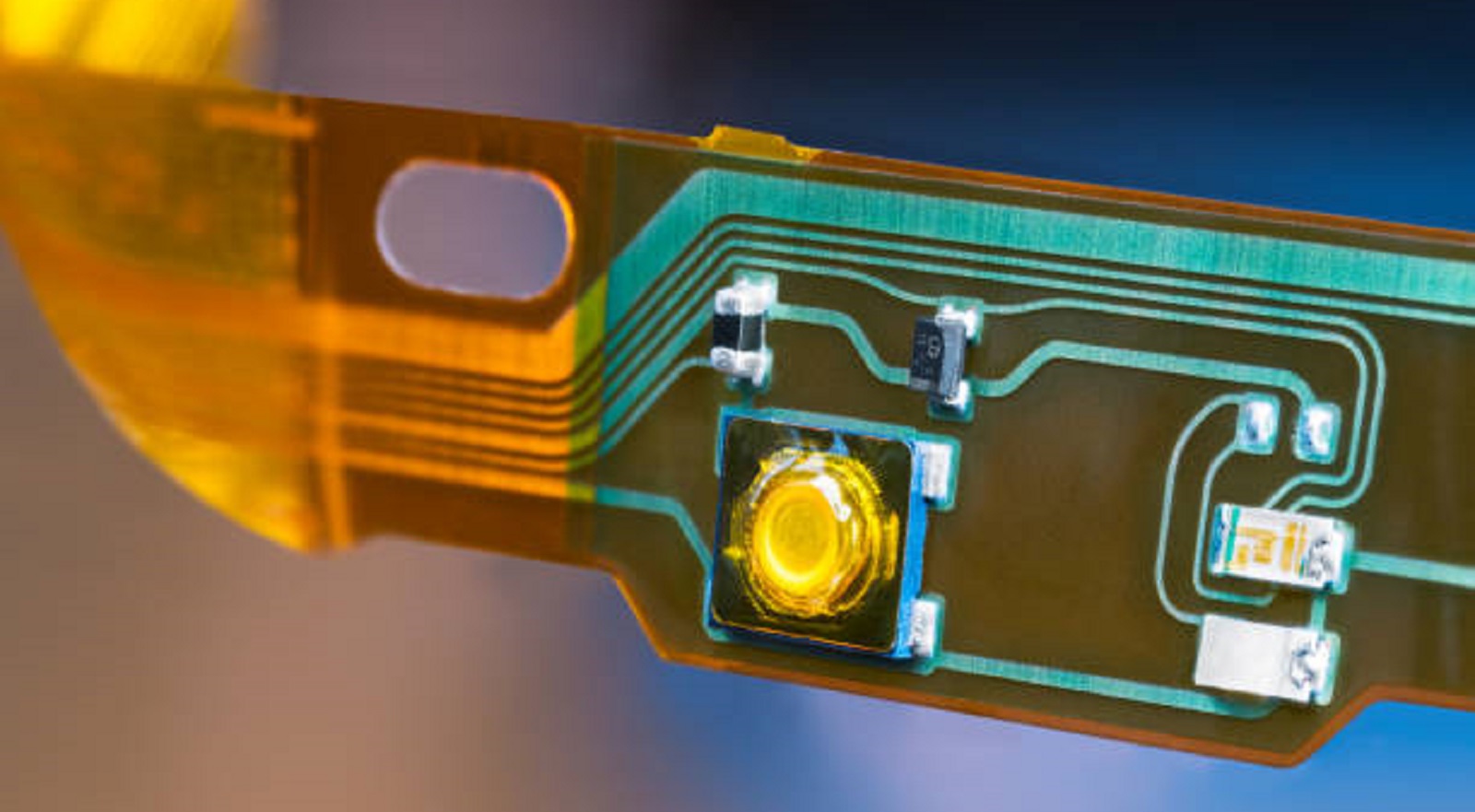
Incorporating stiffeners into FPC designs imparts necessary mechanical support and stability, critical for long-term performance and reliability. Stiffeners address flex-related challenges, enabling FPCs to live up to their full potential in a wide variety of demanding applications. At PCBX, we are well-versed in using such knowledge to provide optimized, reliable electronic assemblies that operate in almost any environment. By understanding and applying the principles of effective stiffener integration, our customers continue to drive innovation and achieve greater success in their applications.
Hot Tags:
Contact us

If you can't find what you're looking for, please contact us.
Article
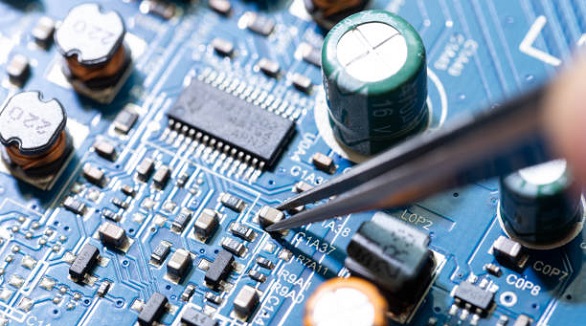
Master soldering chip components on PCBs using proper tools and techniques, ensuring precision and reliability for both hobbyists and professionals in electronics.
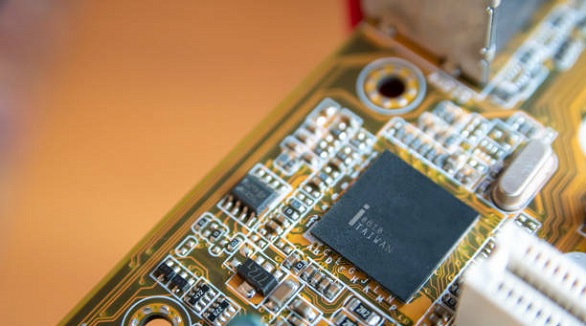
PCBs are essential but prone to faults. Diagnosis and repair using tools like multimeters and X-rays prevent costly repairs, ensure reliability, and improve quality.
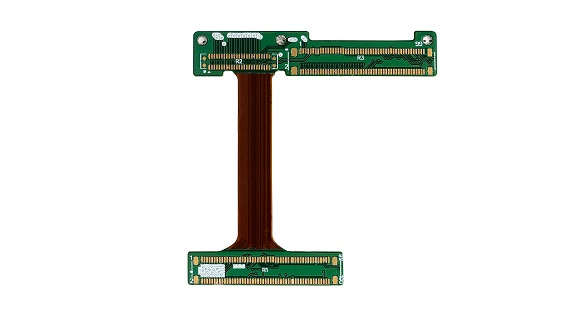
Flex PCBs fit into devices, saving space, while Rigid-Flex PCBs combine flexible and rigid parts, ideal for varied applications. PCBX offers custom designs, rapid prototyping, and high-quality manufacturing.
